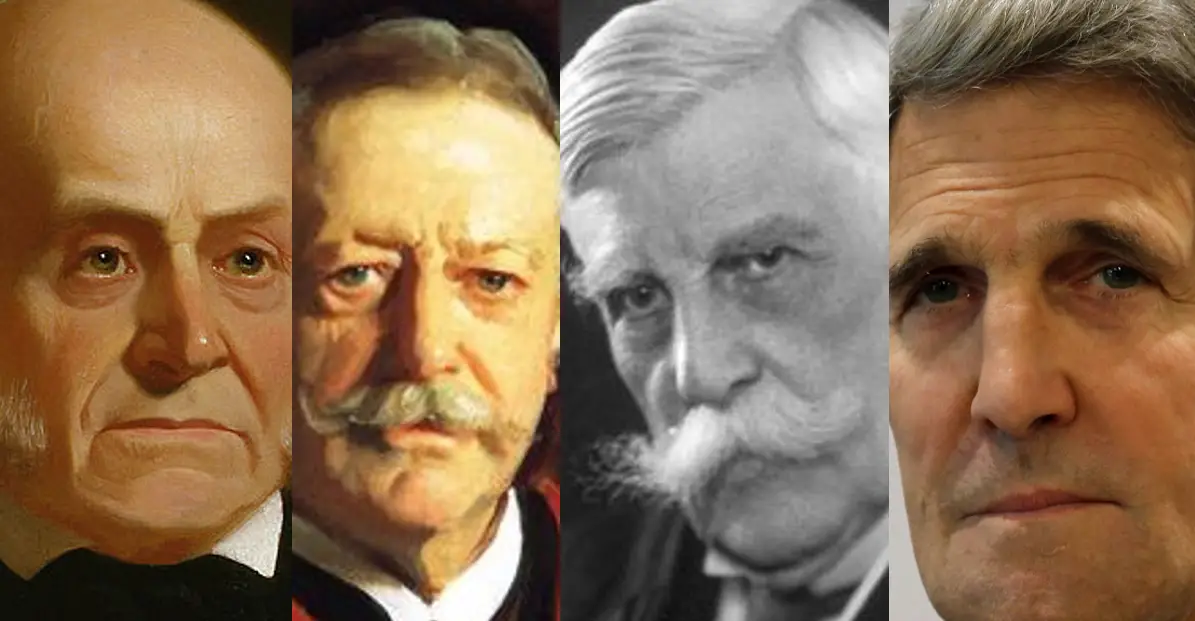The Boston Brahmin, a term coined by Oliver Wendell Holmes in 1861, refers to the elite class of families in Boston, Massachusetts, who played a significant role in shaping the social, cultural, and educational landscape of early America. These influential families, including the Lowells, Cabots, and Adamses, were known for their wealth, intellectual pursuits, and commitment to public service. In this article, we will explore the Boston Brahmin’s impact on early American education, highlighting their contributions to the development of the country’s educational system.

Early Beginnings: The Founding of Harvard College
In 1636, the Massachusetts Bay Colony founded Harvard College, the oldest institution of higher learning in the United States. The Boston Brahmin played a crucial role in the college’s establishment, with many of its members serving as founders, donors, and trustees. The college’s early curriculum, which emphasized classical education, theology, and philosophy, reflected the Brahmin’s values of intellectual rigor and moral character. Harvard’s founding marked the beginning of a long tradition of educational excellence in America, with the Boston Brahmin at its forefront.
The Emergence of Private Schools
During the 18th and 19th centuries, the Boston Brahmin established a network of private schools, which catered to the educational needs of their own children and those of other affluent families. These schools, such as the Boston Latin School (founded in 1635) and the Roxbury Latin School (founded in 1645), offered a classical education, emphasizing Latin, Greek, and mathematics. The Boston Brahmin’s commitment to private education helped shape the country’s educational landscape, as these schools served as models for other private institutions.
Influence on Public Education
The Boston Brahmin also played a significant role in shaping public education in America. In the mid-19th century, Massachusetts became the first state to establish a statewide system of public education, with the Boston Brahmin at the forefront of this effort. The Massachusetts Board of Education, established in 1837, was dominated by Brahmin members, who advocated for a standardized curriculum, teacher training, and compulsory education. Their efforts led to the creation of a comprehensive public education system, which served as a model for other states.
The Development of Women’s Education
The Boston Brahmin were also instrumental in promoting women’s education, which was a radical concept at the time. In 1837, the Boston Female Anti-Slavery Society, founded by Brahmin women, established the first school for African American girls in Boston. The Society also advocated for women’s suffrage and equal access to education. The Brahmin’s support for women’s education paved the way for the establishment of women’s colleges, such as Wellesley College (founded in 1870) and Radcliffe College (founded in 1879).
Influence on Higher Education
The Boston Brahmin’s influence extended to higher education, with many of its members serving as presidents, trustees, and faculty members at top universities. Harvard University, in particular, remained a bastion of Brahmin influence, with many of its presidents and faculty members hailing from Boston’s elite families. The Brahmin’s commitment to academic excellence and intellectual rigor helped shape the country’s higher education system, with Harvard serving as a model for other institutions.
Legacy of the Boston Brahmin
The Boston Brahmin’s influence on early American education is still felt today. Their commitment to intellectual rigor, moral character, and public service helped shape the country’s educational landscape. The establishment of Harvard College, the emergence of private schools, and the development of public education all owe a debt to the Boston Brahmin. Their legacy can be seen in the many educational institutions they founded or supported, which continue to thrive today.
Frequently Asked Questions (FAQs)
- Who were the Boston Brahmin?
The Boston Brahmin were a group of elite families in Boston, Massachusetts, who played a significant role in shaping the social, cultural, and educational landscape of early America. - What was the significance of Harvard College?
Harvard College, founded in 1636, was the oldest institution of higher learning in the United States and marked the beginning of a long tradition of educational excellence in America. - What role did the Boston Brahmin play in public education?
The Boston Brahmin played a significant role in shaping public education in America, advocating for a standardized curriculum, teacher training, and compulsory education. - How did the Boston Brahmin influence women’s education?
The Boston Brahmin were instrumental in promoting women’s education, establishing schools for African American girls and advocating for women’s suffrage and equal access to education. - What is the legacy of the Boston Brahmin?
The Boston Brahmin’s legacy can be seen in the many educational institutions they founded or supported, which continue to thrive today, and their commitment to intellectual rigor, moral character, and public service.
Conclusion
In conclusion, the Boston Brahmin played a profound role in shaping early American education. Their influence can be seen in the establishment of Harvard College, the emergence of private schools, and the development of public education. Their commitment to intellectual rigor, moral character, and public service helped shape the country’s educational landscape, with a lasting impact on the nation’s schools and universities. As we reflect on the Boston Brahmin’s legacy, we are reminded of the importance of education in shaping the fabric of American society and the ongoing need for leaders who embody the values of intellectual excellence, moral character, and public service.
Closure
Thus, we hope this article has provided valuable insights into The Boston Brahmin Influence: Shaping Early American Education. We thank you for taking the time to read this article. See you in our next article!





